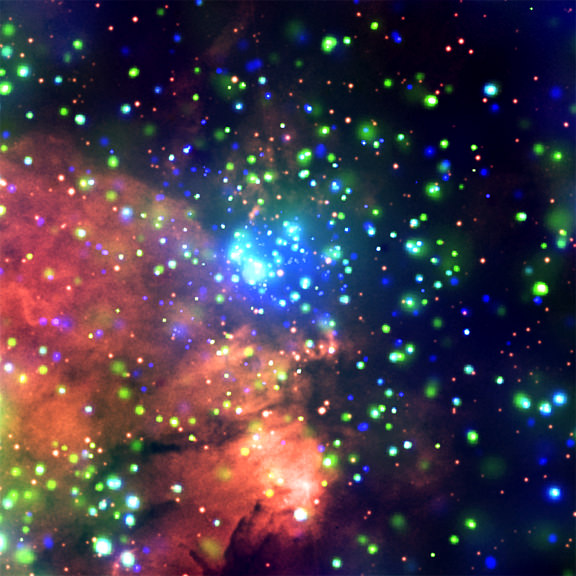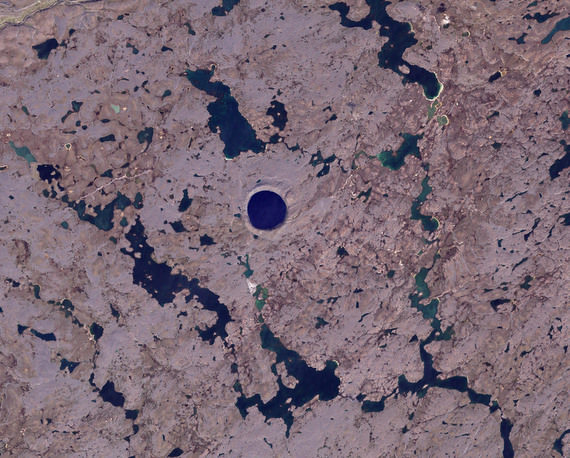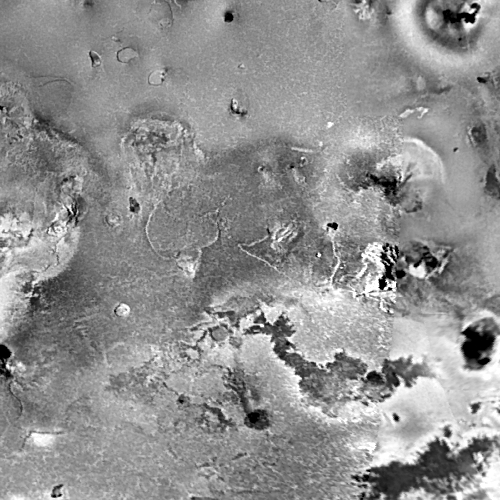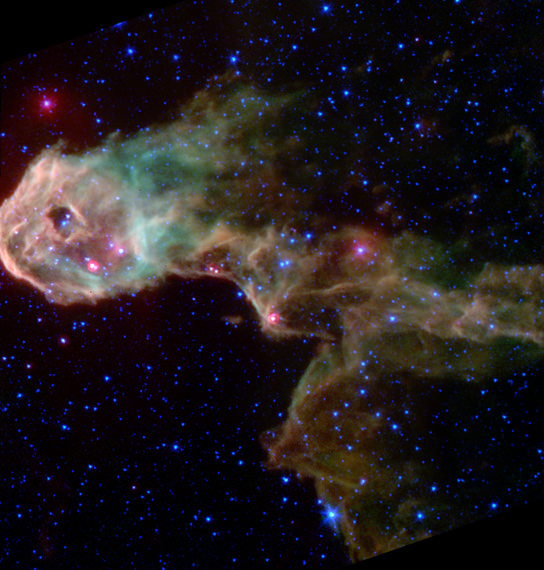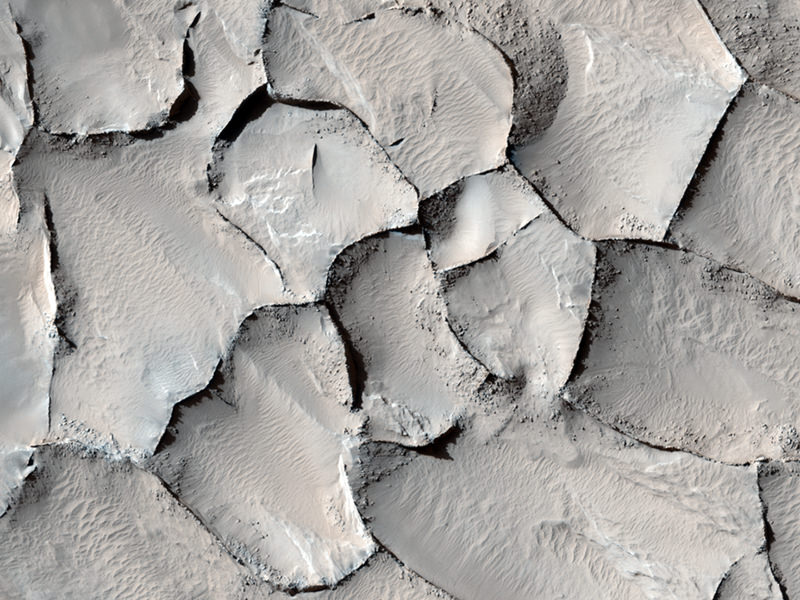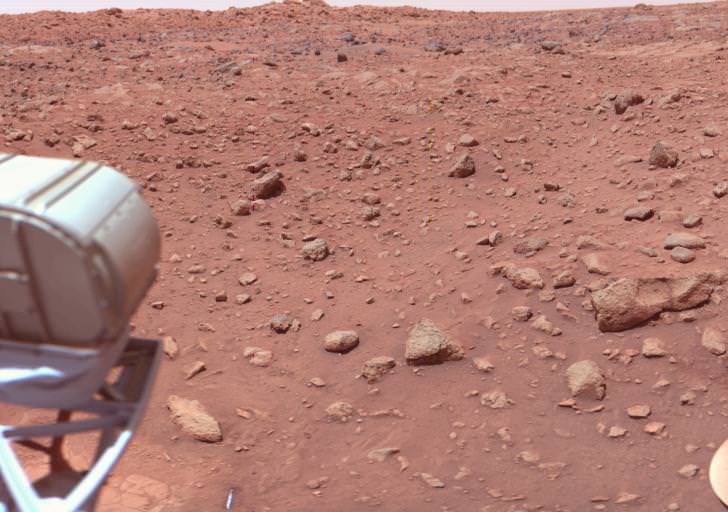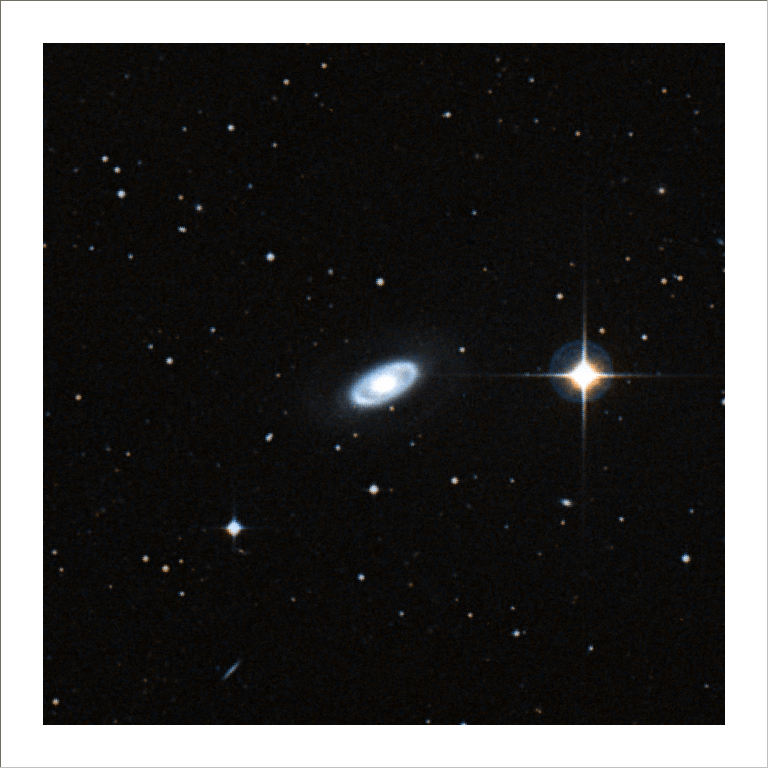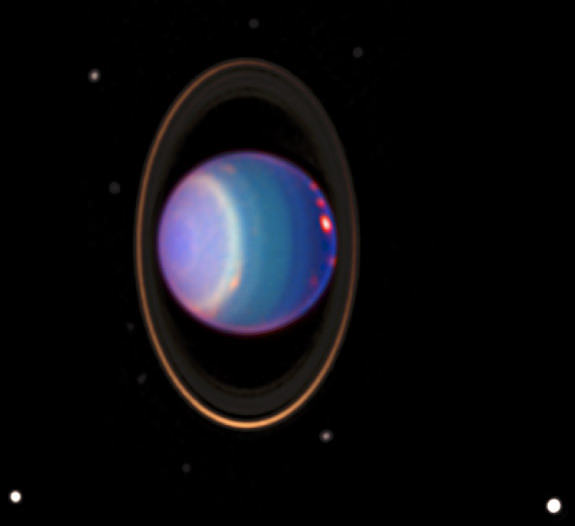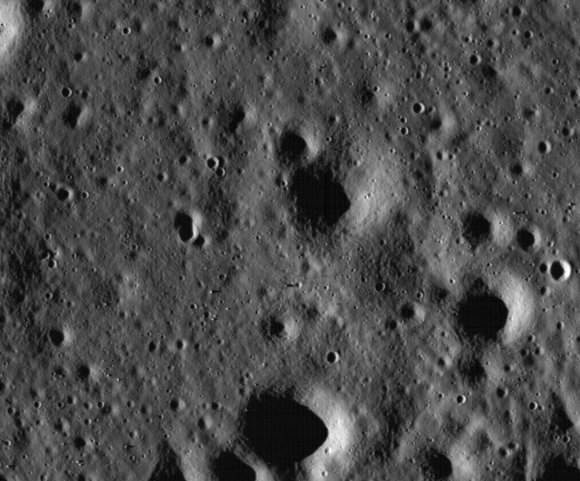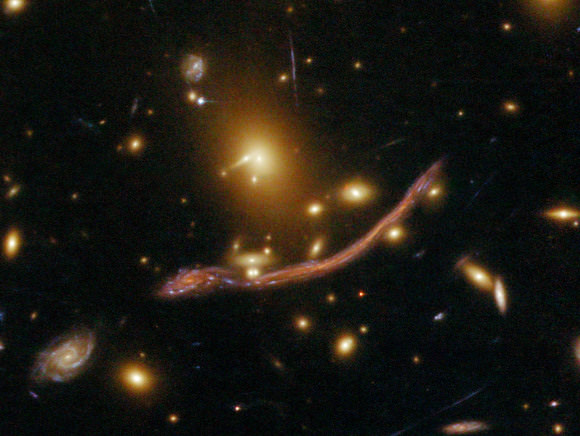It’s time once again for another Where In The Universe Challenge. Test your visual knowledge of the cosmos by naming where in the Universe this image was taken and give yourself extra points if you can name the spacecraft/telescope responsible for this picture. Post your guesses in the comments section, and check back on later at this same post to find the answer. To make this challenge fun for everyone, please don’t include links or extensive explanations with your answer. Good luck!
UPDATE: The answer has now been posted below.
This is a composite image from the Chandra X-Ray Telescope of one of the many star-forming regions in W3, called W3 Main. The green and blue represent lower and higher-energy X-rays, respectively, while red shows optical emission. There are hundreds of X-ray sources here, and these bright point-like objects are an extensive population of several hundred young stars, many of which were not found in earlier infrared studies.

